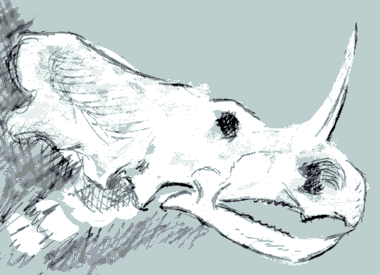Just as typewriters came into prominence in the nineteenth century (and we have Mark Twain generally credited for making a double-spaced manuscript the standard for book submission), whiteout popped up somewhere in the twentieth century. Except for the last decade, during which computers and accompanying printers began to reign supreme, the typewriter was the major mode of communication.
Of course, nothing looks better than a clean page, and the difference between a poor-looking page and a good one could be attributed to the careful use of whiteout. Thus, throughout the course of the twentieth century, untold hundreds of thousands of people have been applying untold hundreds of thousands of commercial varieties of whiteout.
And it really will be "untold.". Despite the ubiquitousness of whiteout, the term has never made it into any dictionary. Not the Random House, nor any Webster's, not even the huge mainstay of the publishing world, Webster's Third New International Dictionary.
Why? Well, mistakes are not meant to happen. Whiteout is supposed to avoid the sight of any mistake. And in the days of the typewriter, there was an inverse snobbery in the workplace: Any executive who knew how to type was not a true executive. Beneath the eyes of an executive then, either whiteout was invisible or a letter had to be retyped: Whiteout did not exist.

|
Whiteout artwork: Monoclonius
Nor will whiteout exist in the future, except in workplace art (it's very good for impasto technique) or editing (by which an editor's error could easily be "erased"). That, however, is minority usage. Whiteout will disappear without ever having become an acknowledged word.
In brief, then, whiteout appeared some time during the twentieth century and became extinct by its end. For the distant future, it will become the trace fossil of those times.